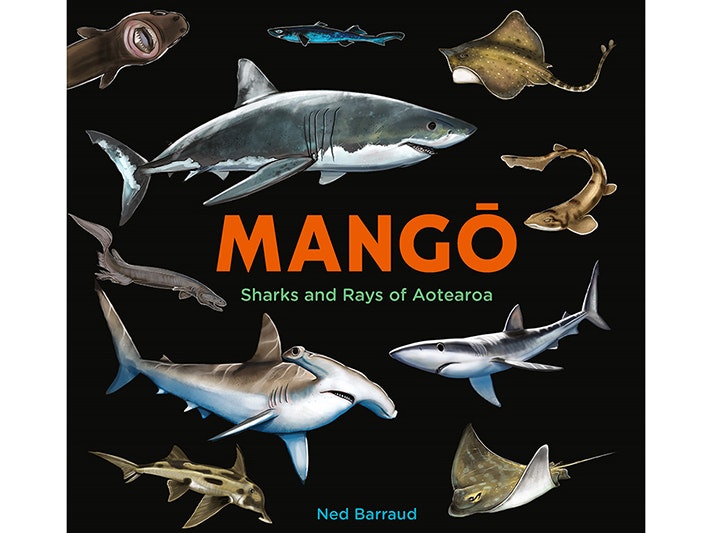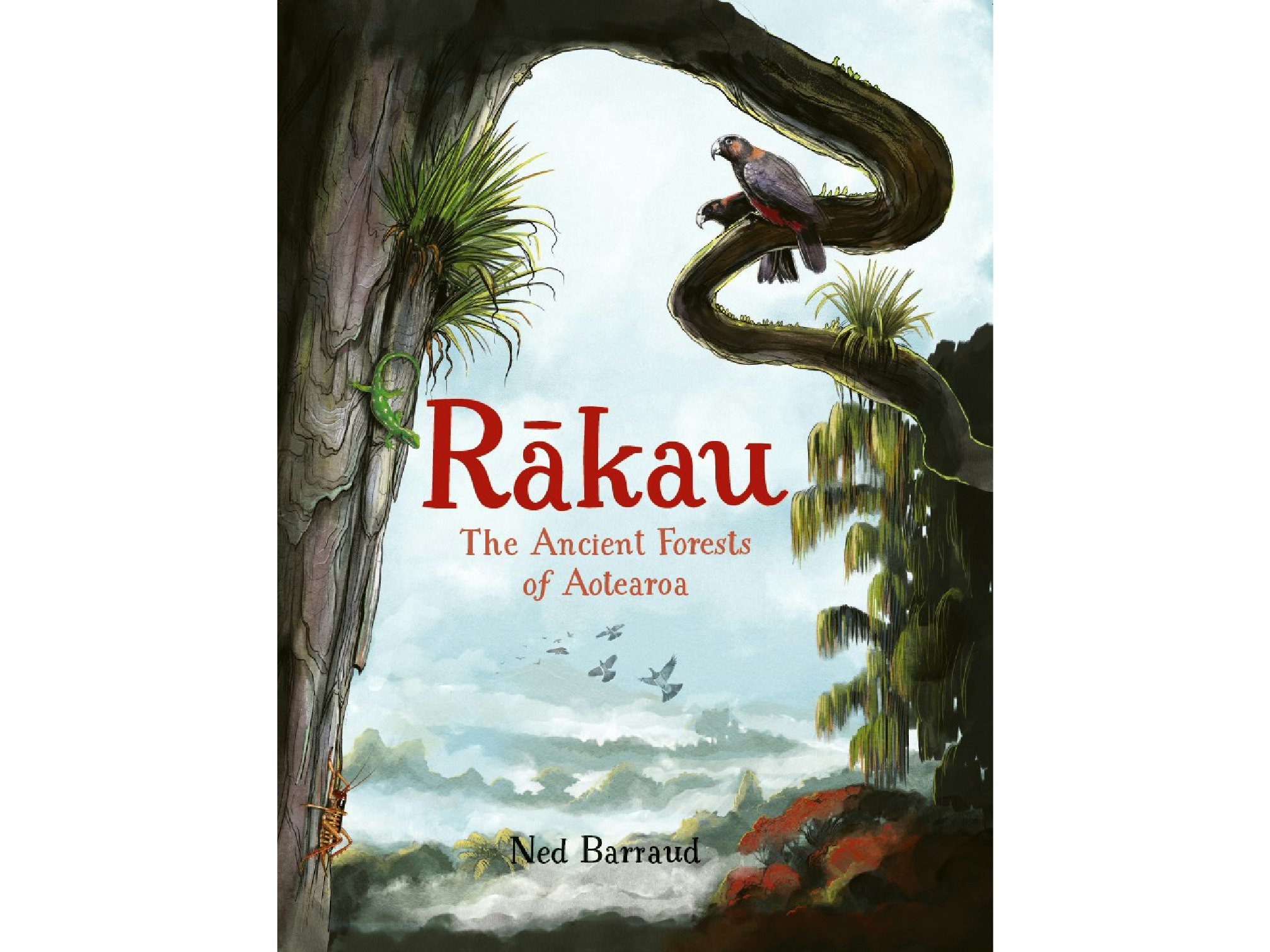
Mangō: Sharks and Rays of Aotearoa
The fascinating lives of Aotearoa New Zealand’s sharks and rays.
Free museum entry for New Zealanders and people living in New Zealand
Open every day 10am-6pm
(except Christmas Day)
Free museum entry for New Zealanders and people living in New Zealand
Ned Barraud discusses Mangō: Sharks and Rays of Aotearoa with Te Papa Press.
Ned Barraud is a Wellington-based author/illustrator of over twenty children’s books exploring the natural world. These include Tohorā: The Southern Right Whale, Rock Pools: A Guide for Kiwi Kids, and New Zealand’s Backyard Beasts. Along with author Gillian Candler, he has also illustrated the popular Explore & Discover series, which includes the prize-winning At the Beach.
My son Alfie first gave me the idea when he was ten years old and really into everything about sharks. One day he pointed to a poster of fish species on his wall and said, ‘Dad, I think your next book should be about sharks!’ At the time I was in the midst of another project, but I quietly shelved the idea for a later date . . .
I always start small, with thumbnail pencil sketches, roughing out the composition. Once happy with the balance of all the elements I enlarge the sketch and refine. Sometimes I keep to a pencil, other times I work with black ink pens. When the drawing is looking good, I scan it into my computer to do the colouring. I have a brilliant monitor which allows me to draw onto the computer, very much like a traditional pen or brush. It took a while for this technique to feel natural, but it really does now.
This wasn’t the only time I’ve worked with Andrew. He’s also kindly offered advice with my book about rockpools. It is necessary (and comforting!) to have an expert to rely upon for help when needed. I’m an enthusiast and a researcher, not a scientist, so it’s important to get help from experts in the field. Andrew checked over my work (both text and illustrations) and gave excellent feedback and ideas.
Each book is a new journey. That’s one of the things I love best about beginning a new project. It is always an opportunity to learn more deeply about the subject. The unique aspect to working on this book was having access to the museum and seeing all the amazing shark, ray and chimaera specimens kept in jars behind the scenes. I loved having the project backed by the museum and experts – it took a bit of the pressure off my shoulders!
I think the timeline is really cool. It folds out to four pages and shows how early mangō evolved from over 300 million years ago through to modern day. Sharks were one of the first complex animals to develop on earth and it’s hard to get your head around the time scale. I couldn’t wait to see the first copy of the book to see the fold-out in action.
I have a few faves, but whale sharks would be high on the list. I actually saw a whale shark when scuba diving in Thailand. It was still just a juvenile, but simply enormous, maybe 5 metres long. It was so sleek and cruised pasted without a care in the world. It had its own little ecosystem of smaller fish going along for the ride.
I remember being about eleven years old, cruising in Tasman Bay on my dad’s boat. I was leaning over the railing when I saw a dorsal fin break the surface of the water. There was no mistaking what it was. When I saw that fin, it wasn’t fear that I felt (well . . . maybe a little!) but mostly it was wonder . . . What species are you? Where do you go? How do you hunt?
More recently I’ve swum with reef sharks in the Galapagos Islands. Well, not really ‘with’ – they actually just ignored me!
Sharks have senses we can’t even imagine. They can ‘see’ electric fields which all life forms emit. Even creatures hidden away under sand can be detected. How do they picture these electric fields in their mind? We’ll never know because we can’t even imagine how it looks.
Did you know we have whale sharks and massive manta rays in New Zealand waters? We do. Manta rays have only recently been confirmed as being a permanent population, when it was thought that they just migrated through. Whale sharks just occasionally pass by.
Kids are often exposed to the more frightening aspects of sharks, which is partly why they are appealing. So hopefully it might help change their opinion about these fabulous ancient hunters. The book shows that there are many different aspects to appreciate about mangō and it describes their vulnerability. Sharks need protection right now. This book highlights why they are so worth saving.

The fascinating lives of Aotearoa New Zealand’s sharks and rays.


Ideal for both the library and home, this engrossing book helps young readers discover what makes our rākau so special and worthy of our care.